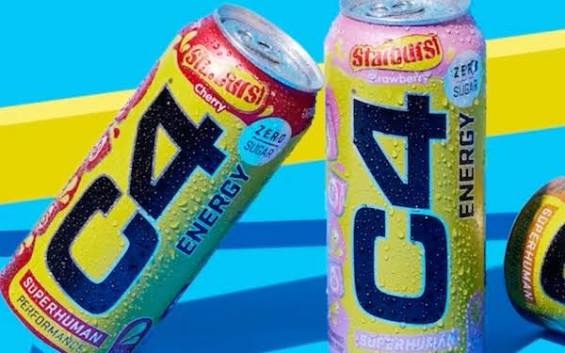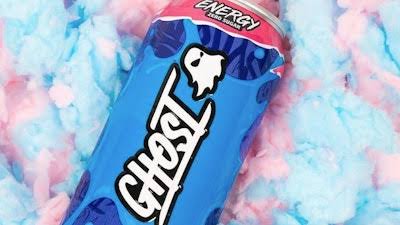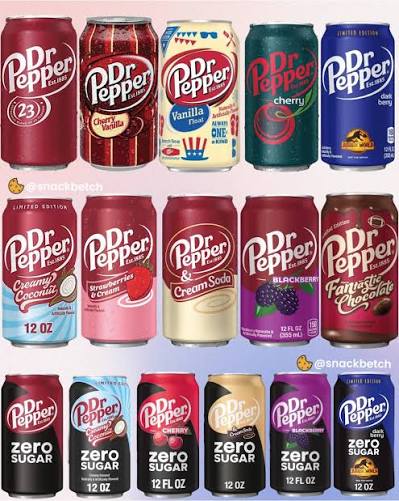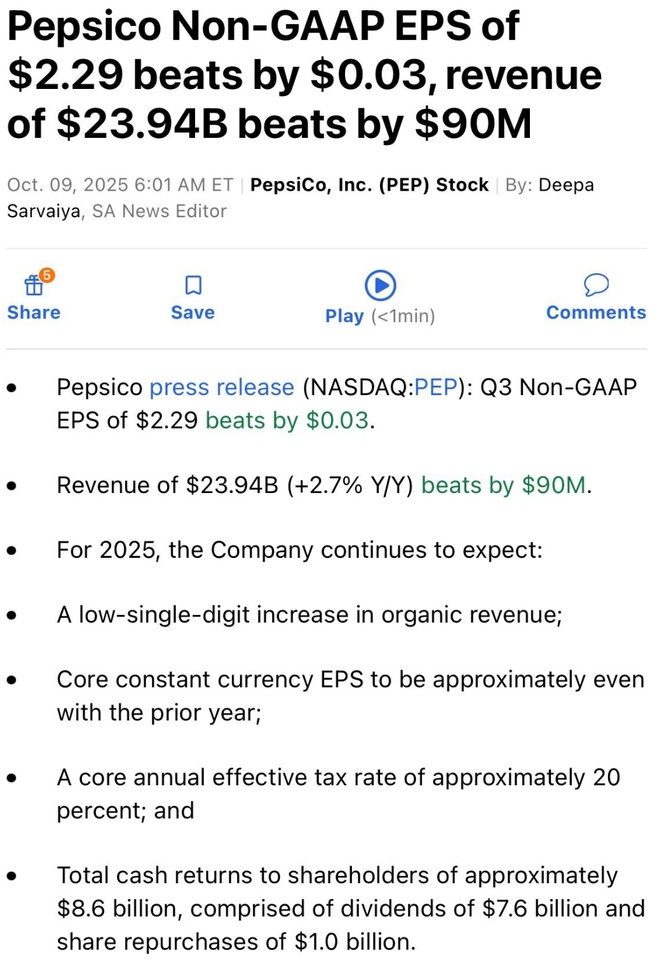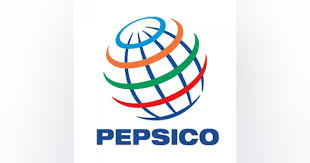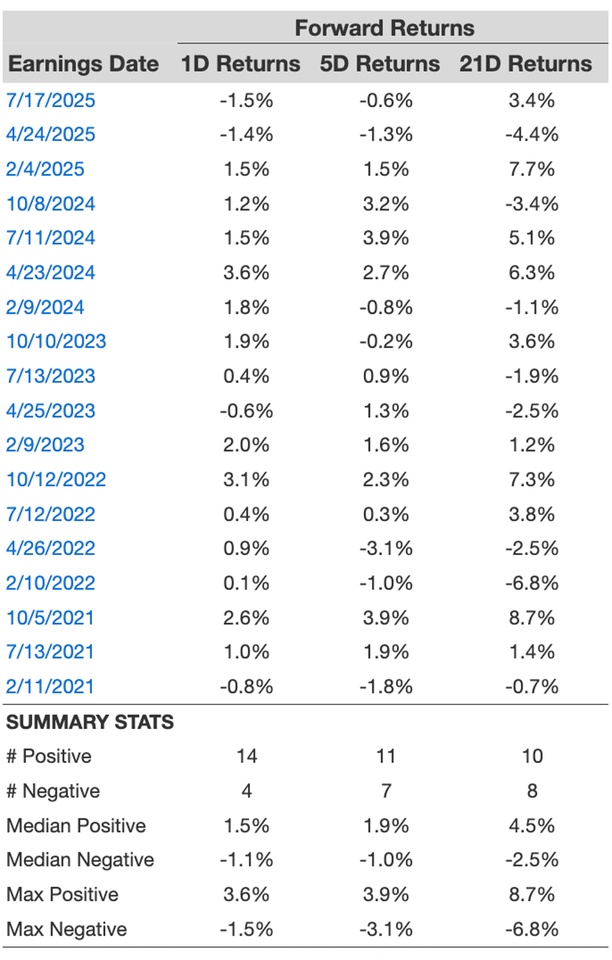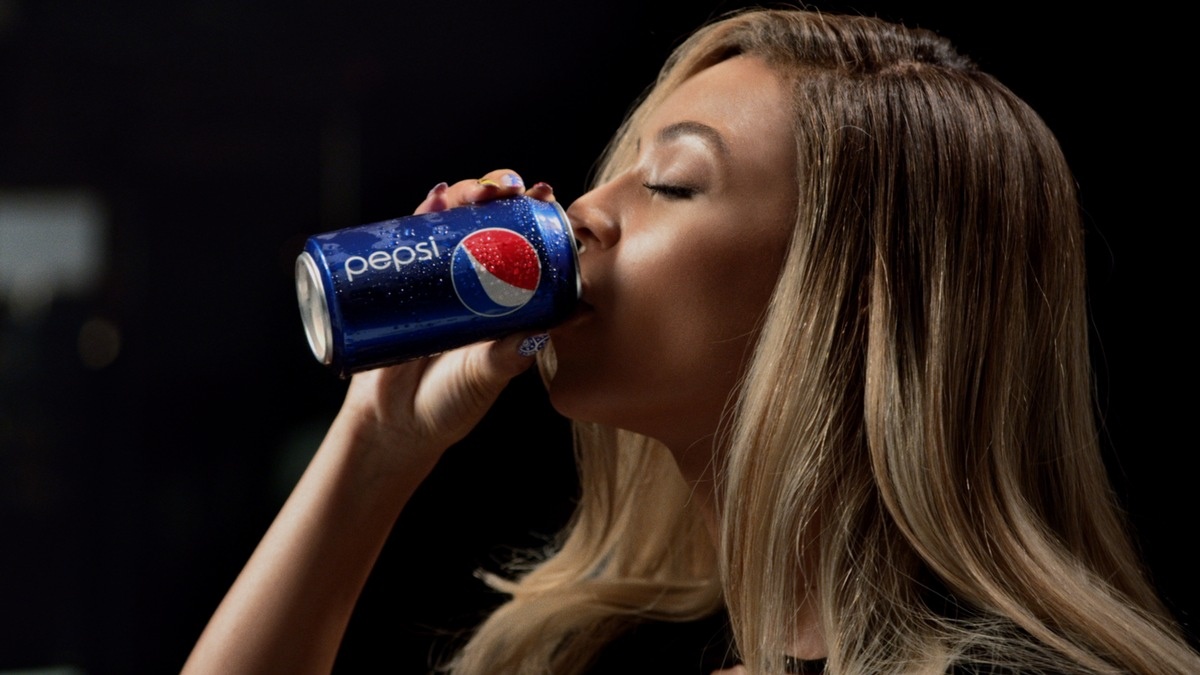Hello everyone,
I have cleaned up my portfolio a bit and trimmed it to 30 positions (please ignore the very small positions, it is more expensive to sell them than to keep them). The different ETFs on msci, msci em, dax and NASDAQ are due to historical reasons (sub. Deposits, change from synth. To physical replication, too many taxes with complete change). At the end of the year I will sell the 2 DWS old funds and then have the tax refunded promptly --> grandfathering. I just don't know where to switch to.
I am currently saving:
$TDIV (+0,33 %) 250/m
$IWDA (+1,29 %) 600/m
$IEMA (+1,78 %) 250/m
$EQAC (+1,46 %) 250/m
$ALV (+1,12 %) 50/w
$KO (+0,29 %) 50/w
$PEP (-0,04 %) 50/w
$UNH (+2,66 %) 50/w
$V (+0,94 %) 50/w
$ULVR (-0,24 %) 50/w
And I reinvest the dividends from $O (+1,21 %) and $MAIN (+0,2 %) monthly
I try to have all positions that I want to hold long-term at 2-4 percent (exceptions: ETFs, $EWG2 (+3,52 %) and $BRK.B (+0,36 %) )
At the moment semiconductors ($AMD (+3,22 %)
$PLTR (+1,93 %)
$MU (+2,45 %) and $MPWR (+2,76 %) ) are my "yield positions", which I would like to sell if the price continues to rise.
But at the moment I'm lacking inspiration. What is my portfolio missing in the long term? Which themes could I "play" to achieve short-term returns. Or just leave everything as it is.
I would be grateful for any opinions.
Greetings 👋




